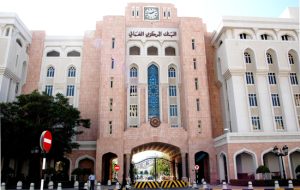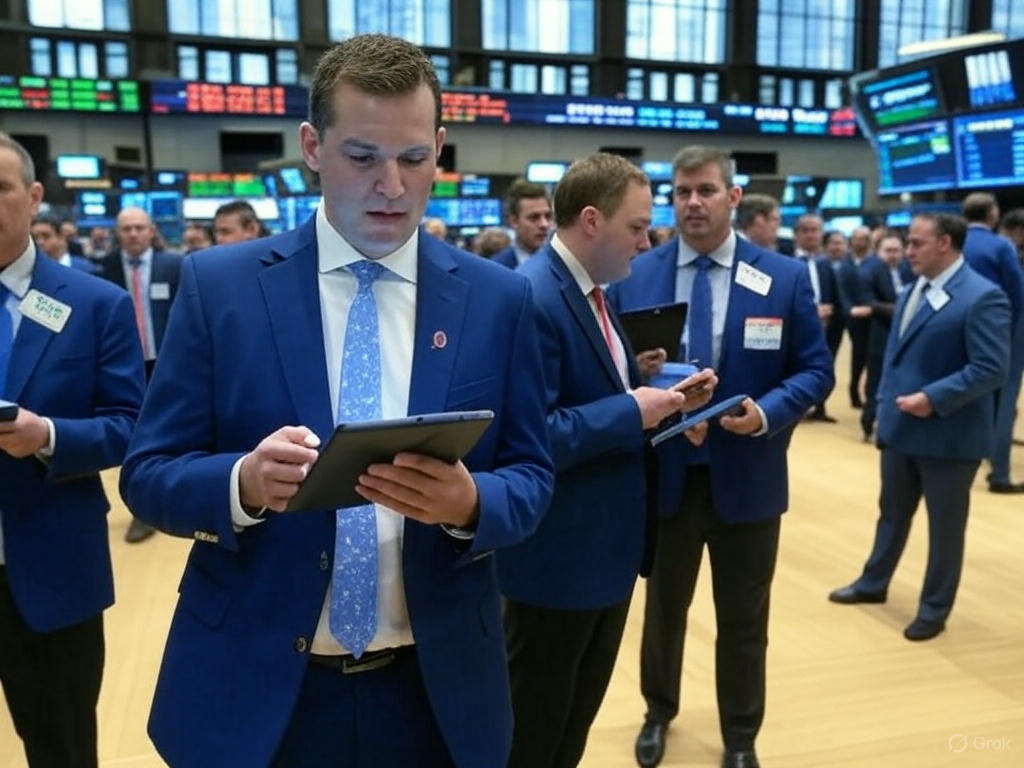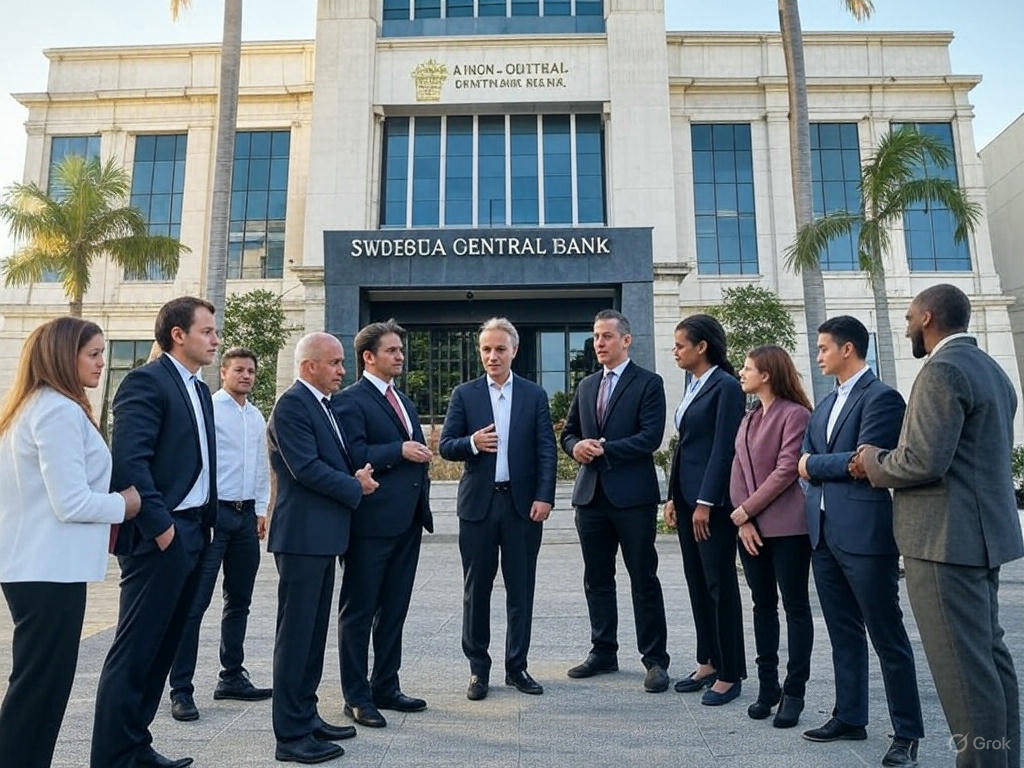Oman’s economy is experiencing steady growth, driven by favorable hydrocarbon revenues and ongoing reform efforts, according to the International Monetary Fund (IMF). In its 2024 Article IV consultation, concluded on January 14, 2025, the IMF Executive Board endorsed the staff appraisal, highlighting positive economic trends while also noting potential risks.
Oman’s real GDP grew by 1.2 percent in 2023 and accelerated to 1.9 percent year-on-year in the first half of 2024. This growth was fueled by a robust expansion in the nonhydrocarbon sector, which grew by 1.8 percent in 2023 and 3.8 percent in the first half of 2024, driven by strong performance in construction, manufacturing, and services. While oil production cuts under OPEC+ agreements weighed on overall growth, the nonhydrocarbon sector is expected to be the primary driver of economic expansion in the medium term, supported by significant private sector investments.

The Central Bank of Oman.
The banking sector remains sound. Profitability has recovered to pre-pandemic levels, capital and liquidity buffers are ample, while asset quality remains strong. Banks’ net foreign assets turned positive by end of 2023 for the first time since 2014.
Inflation remained low, slowing to 0.6 percent during January-October 2024, down from 1.0 percent in 2023. This moderation reflects declining transport prices and easing food inflation.
Oman maintained fiscal and external surpluses in 2024, projected at 6.2 percent and 2.4 percent of GDP, respectively. These surpluses are attributed to prudent fiscal policies, high oil prices, and strong growth in nonhydrocarbon exports. Despite increased social spending under the new social protection law, the nonhydrocarbon primary deficit remained stable, demonstrating the government’s commitment to fiscal discipline. Consequently, government debt as a share of GDP continued its downward trend, reaching 35 percent in 2024. This positive performance has led to recent upgrades in Oman’s sovereign credit rating to investment grade.
The IMF also noted the health of Oman’s banking sector, which has seen profitability return to pre-pandemic levels. Banks maintain ample capital and liquidity buffers, and asset quality remains strong. Notably, banks’ net foreign assets turned positive by the end of 2023, the first time since 2014.
While the economic outlook is generally positive, the IMF identified several risks. Downside risks include intensifying geopolitical tensions, a global economic slowdown (particularly in China), and lower-than-expected oil prices due to an anticipated oversupply in the global energy market in 2025. Delays in reform implementation and uncertainty surrounding the global energy transition also pose long-term challenges. Conversely, higher oil prices, faster global growth, and accelerated reforms under Oman Vision 2040 could lead to stronger growth and improved fiscal and external positions.
The IMF’s Executive Board emphasized the importance of continued prudent fiscal management and the acceleration of fiscal reforms to ensure long-term fiscal sustainability. Key recommendations include:
- Decisive action on tax administration reform, implementation of the personal income tax law, and adoption of Pillar II of the global minimum tax.
- Sustained reforms to reduce electricity generation, transmission, and distribution costs, along with appropriate tariff adjustments and the removal of the fuel price cap.
- Strengthening fiscal institutions through the development of a comprehensive Medium-Term Fiscal Framework (MTFF) and the implementation of a carefully selected fiscal rule.
- Expediting the full implementation of the Treasury Single Account (TSA) to improve cash management and monetary policy transmission.
- Continued reforms of state-owned enterprises (SOEs) to enhance governance, transparency, and risk management.
The IMF affirmed the exchange rate peg as an appropriate policy anchor and welcomed progress in strengthening banking regulatory frameworks. They also encouraged further development of the financial sector to improve access to finance and support economic diversification.
Ultimately, the IMF stressed that sustained implementation of reforms under Oman Vision 2040 is crucial for achieving sustainable, job-rich, private sector-led nonhydrocarbon growth. Ongoing labor market reforms, attracting investments, expanding trade opportunities, and empowering SMEs are key priorities.
The IMF’s assessment paints a picture of a steadily growing Omani economy, benefiting from both favorable external factors and proactive domestic reforms. However, the report also underscores the need for continued vigilance and further reforms to mitigate potential risks and ensure long-term sustainable growth.




